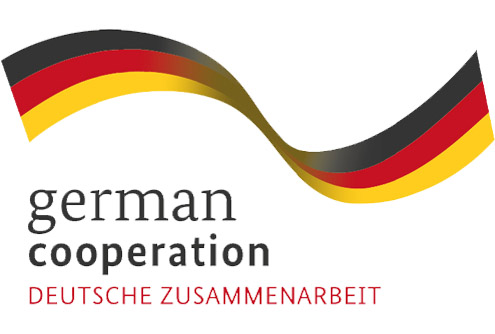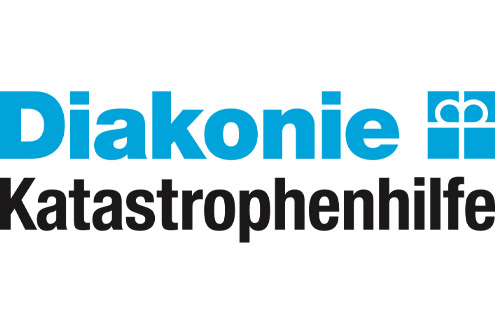How civil society organisations can engage with communities, and collaborate with mandated, technical and donor agencies to localise and scale up early warning and early action
Overview
The purpose of the guide is to support civil society organisations to engage with communities and other actors and structures at the local level; to play a central role in planning and establishing local mechanisms for anticipatory action and drive the process of scaling up anticipatory action.
Locally led anticipatory action is integral to strengthening locally led risk informed approaches and contributes to increased coherence in local and higher-level disaster and crisis preparedness planning processes – which realises in practice the commitment to action as local as possible, as international as necessary.
The guidance is presented to be applicable to a wide range of hazardous events. This resource outlines an overall process and the three main approaches applied in locally led anticipatory action:
- Community-led early action: Empowering local structures and community groups to plan and implement their own early actions
- Locally led early action: Early action planning by local actors using available forecasts or predictive analysis and local decision-making
- Enhanced participatory contingency planning: Engagement in localising the use of forecast-based action planning in multi-stakeholder contingency planning connected from the local to national level
In addition to the guide are a set of 14 downloadable tools, referenced in the guide, to support civil society organisations.
Download the guide
The guide can be downloaded in English, French, Spanish and Portuguese.
Tools
1. Gap and policy analysis
Identify factors which can enable, and gaps, weaknesses or barriers that can disable locally led anticipatory action.
2. Technical working group terms of reference
Set out an agreement between an inter-partner task group or technical working group.
3. PVCA and FbA plans
Guidance on the key information to be captured and outputs that need to be produced for use in the development of community contingency plans and in the enhanced participatory contingency planning process.
4. Action planning and learning guide
Set out a participatory action and learning process for locally led anticipatory action.
5. SOP: Early action small emergency fund
An example of a standard operating procedure that organisations could use to manage a small emergency fund. mechanism.
6. Early action protocol (EA#1)
Set out an early action protocol, what the operational strategy will be and suggested intervention and funding mechanisms.
7. Early action alert note (EA#2)
How partners can raise an alert ahead of a crisis.
8. Approval questions for early action alerts (EA#3)
Approval questions for early action alerts for those who are disbursing funds for microgrants.
9. Proposal format for early action (EA#4)
A proposal format that sets out details that should be collected when preparing for early action.
10. Early action review (EA#5)
Review the effectiveness of: the mechanisms established for anticipatory action; the early actions conducted ; and the applied trigger mechanism.
11. Microgrants management tools
Establish a microgrants management mechanism to facilitate the disbursement and to documentation the outcomes and learning from the actions implemented.
12. Lessons learned report
Capture lessons learned throughout the locally led anticipatory action process.
13. Case studies and impact stories template
Document change per community or per area of intervention. The perspectives of either community members or a specific stakeholder, such as a local government representative or civil society actor, can be gathered
14. Roundtable guidance
Guidance for hosting a roundtable with decision-makers and stakeholders from the local and national level to determine recommendations for change based on the evidence and learning resulting from locally led anticipatory action.
Project partners
German Federal Ministry for Economic Cooperation and Development

Our Local Leadership for Global Impact project is funded by the German Federal Ministry for Economic Cooperation and Development (BMZ). Content related to this project on our website was made possible by the support of BMZ. All content is the sole responsibility of GNDR and does not necessarily reflect the views of the BMZ.
Visit their websiteDiakonie Katastrophenhilfe

Our Local Leadership for Global Impact project is implemented in partnership with Diakonie Katastrophenhilfe.
Visit their website